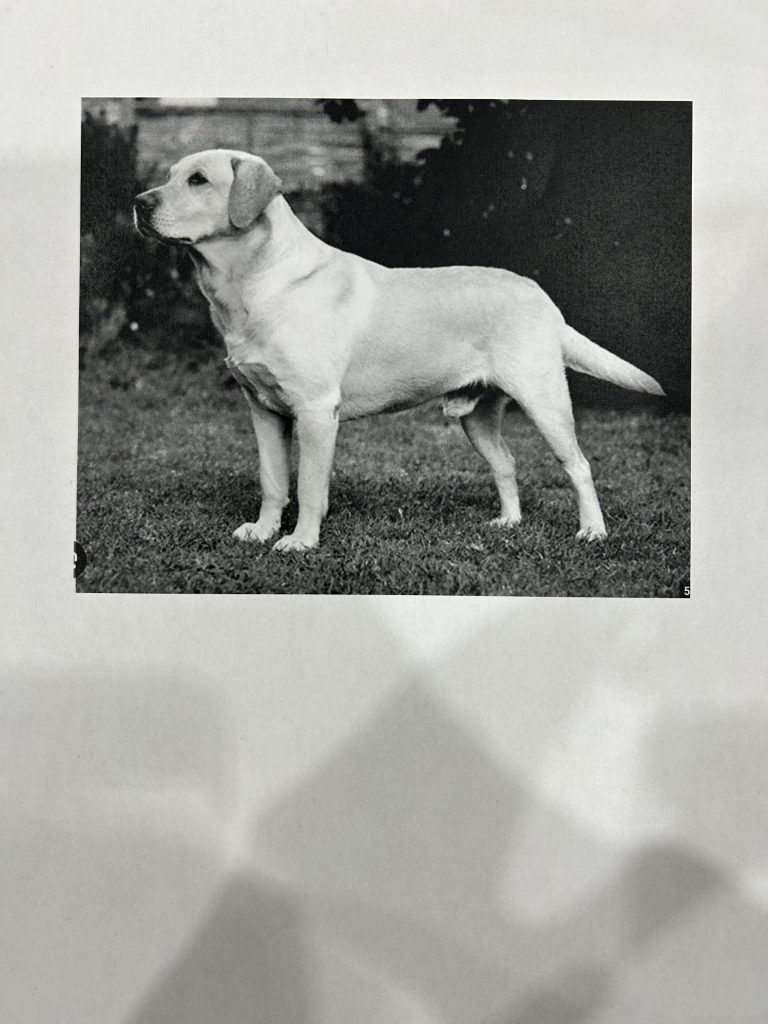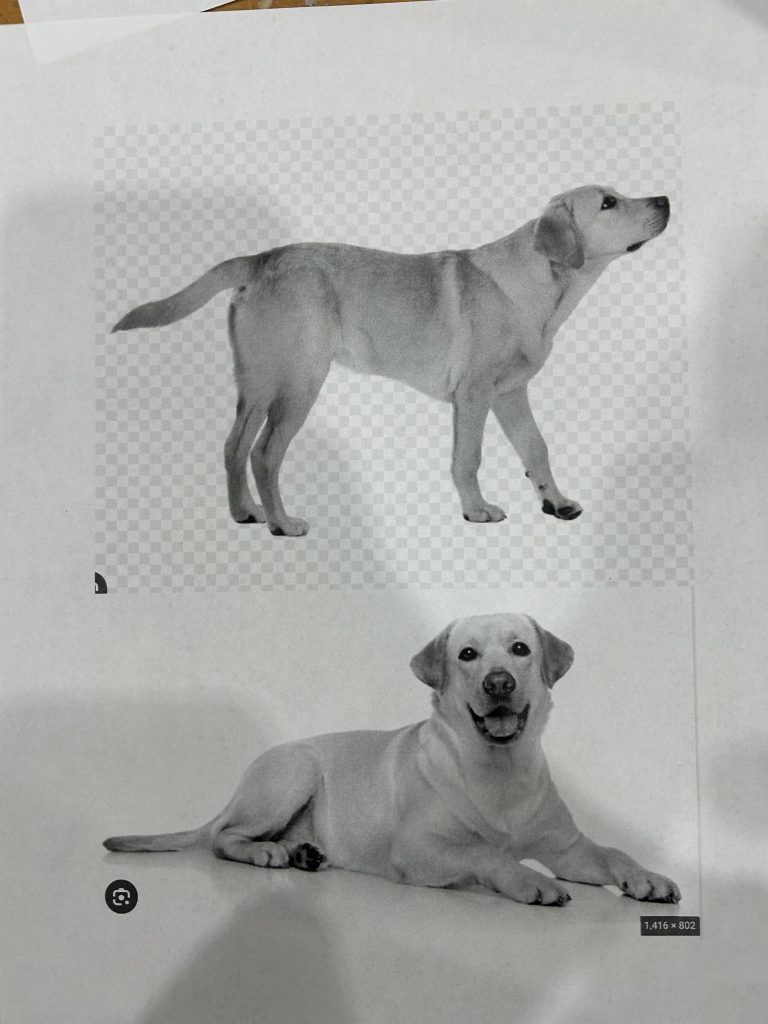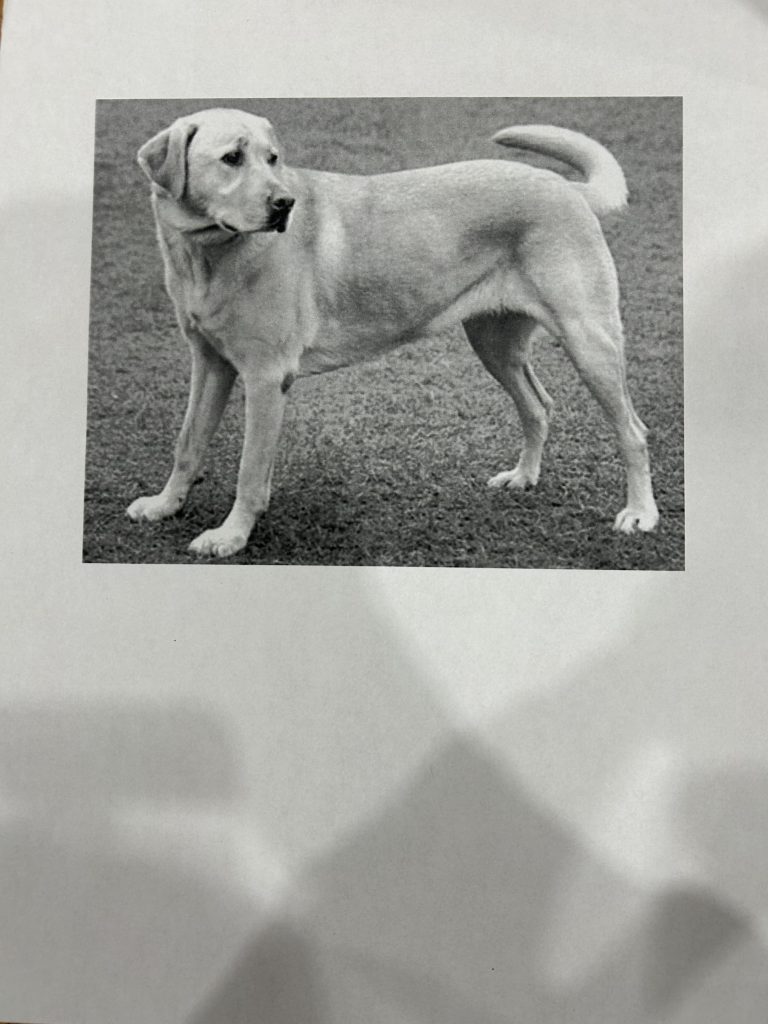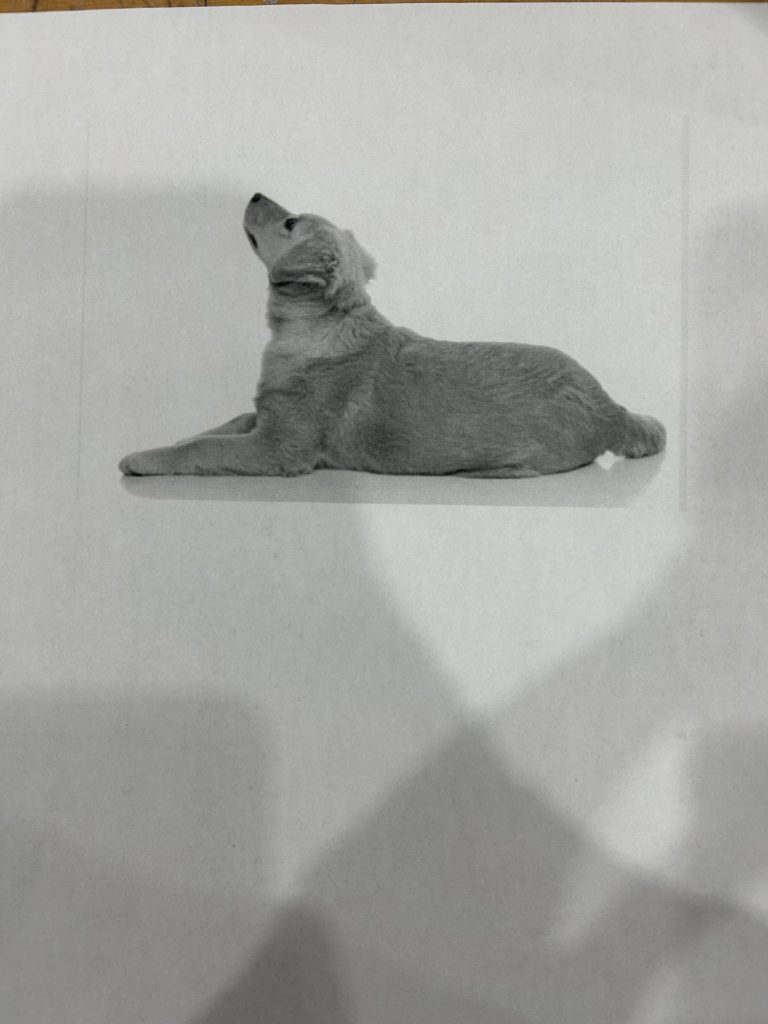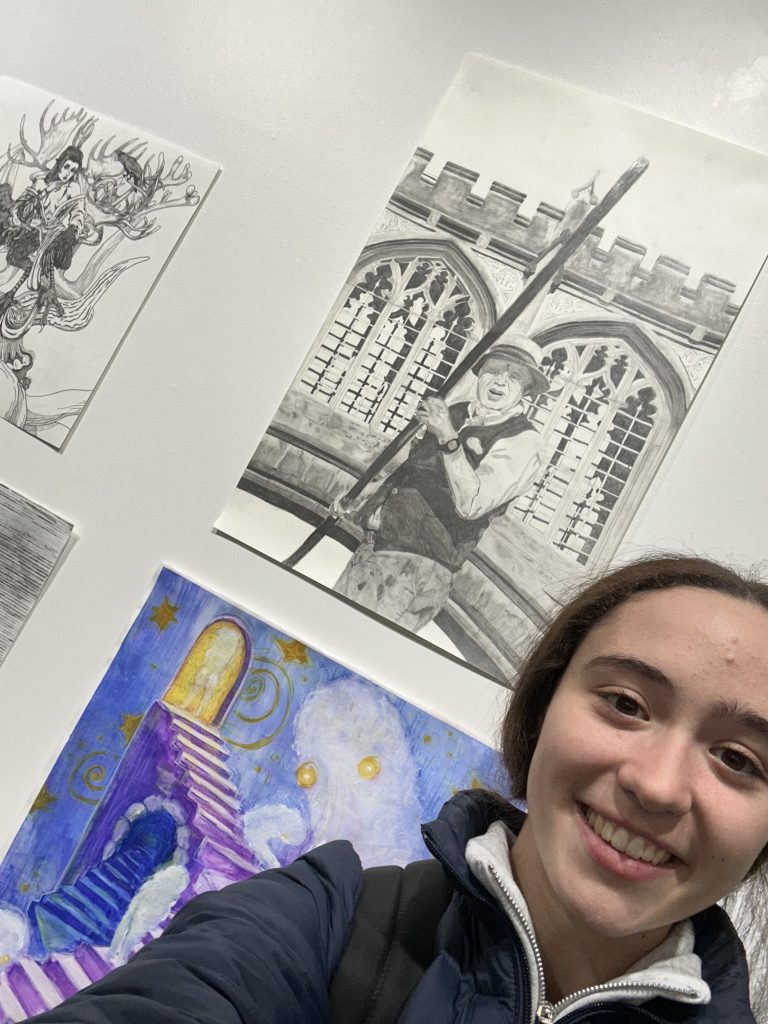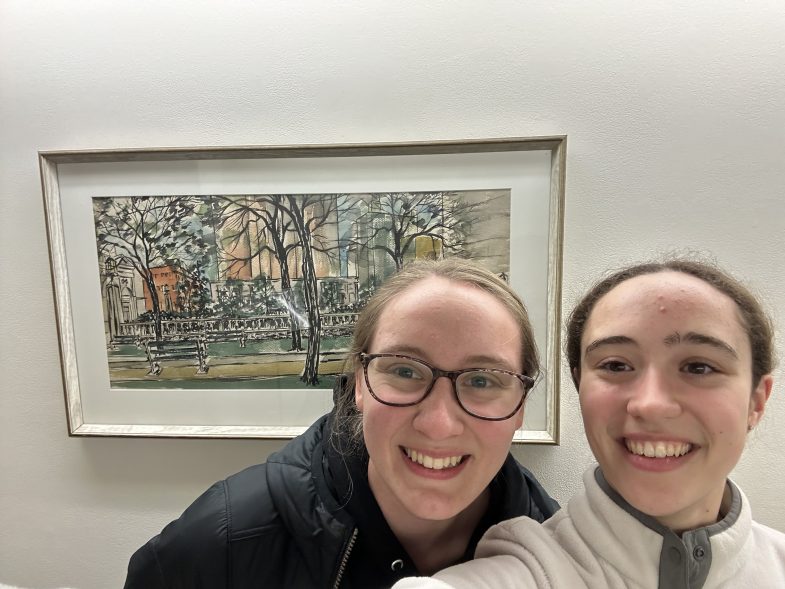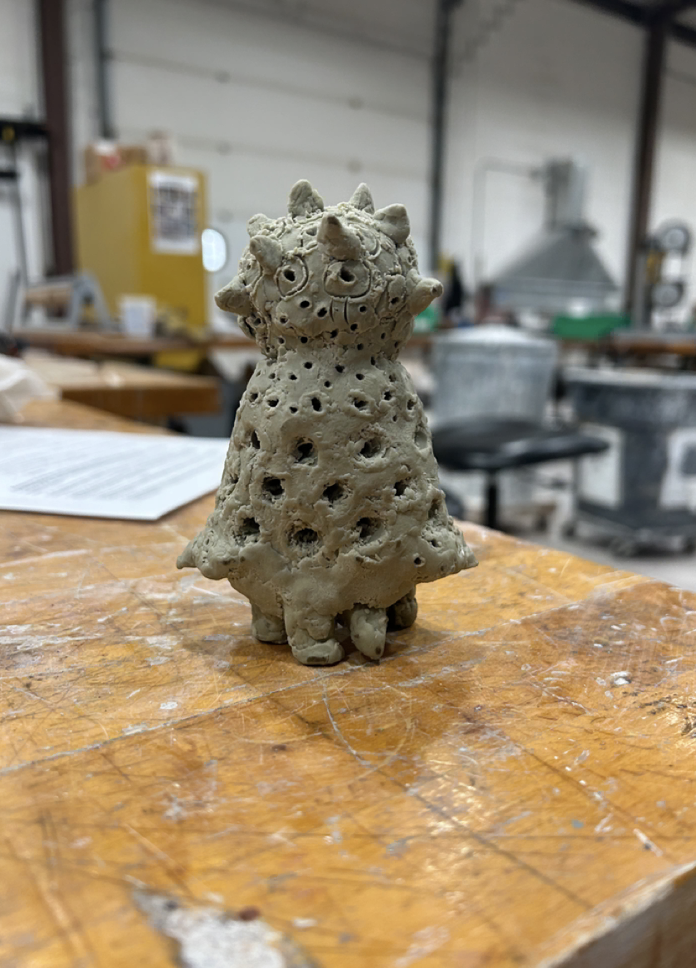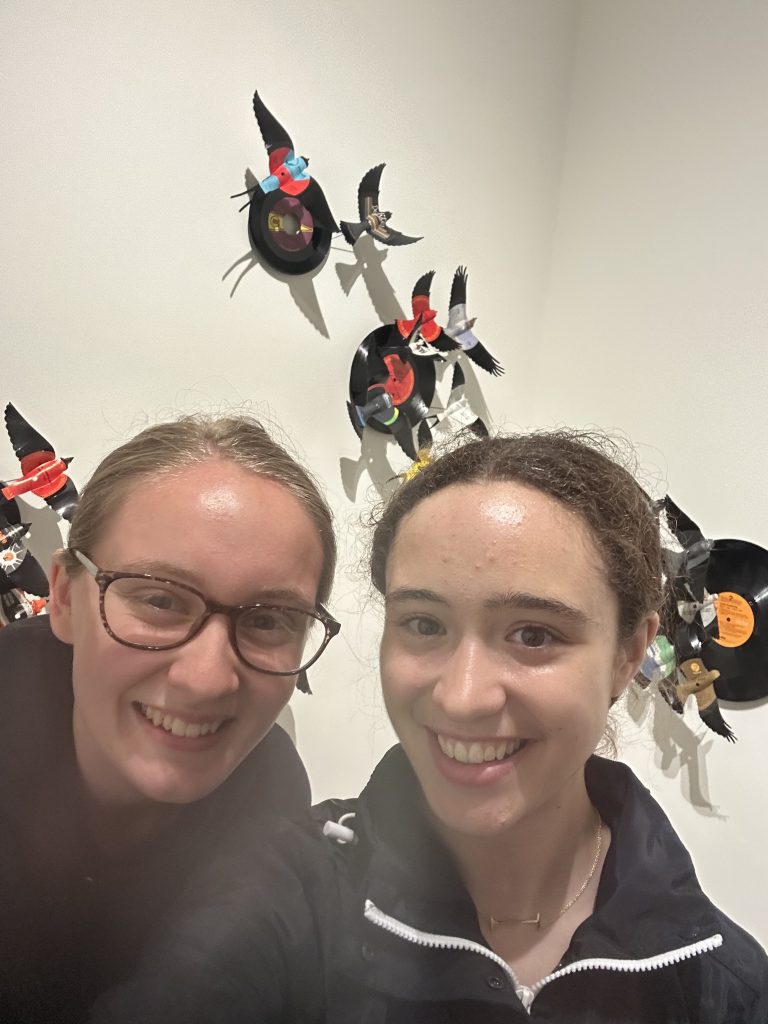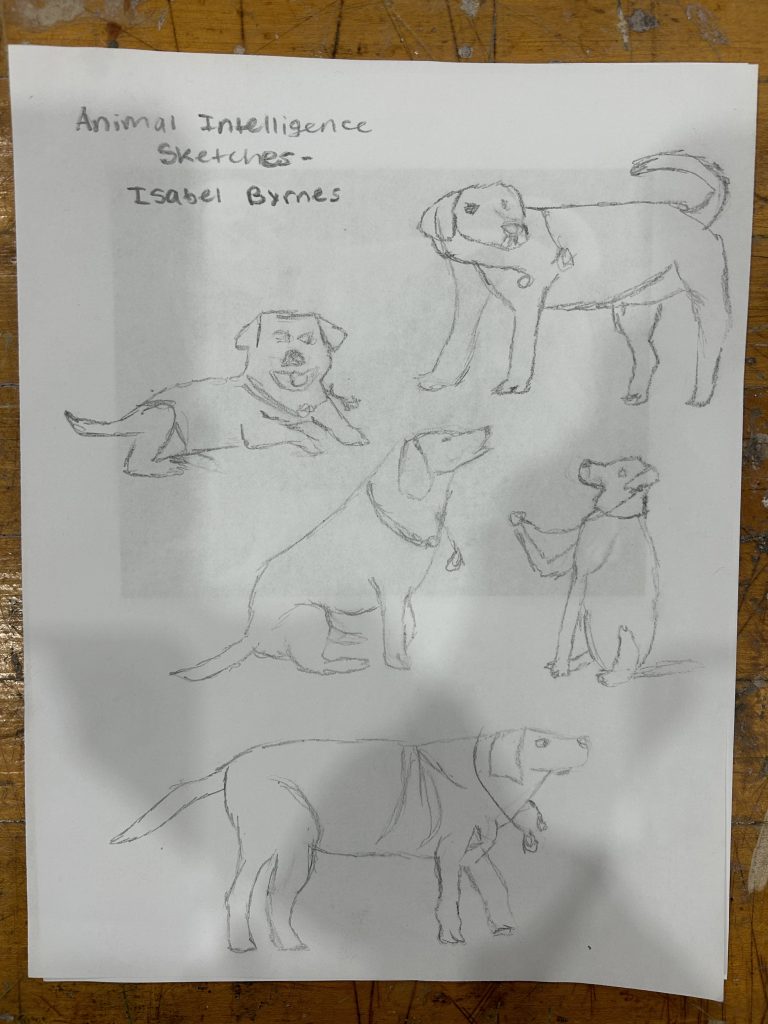
Author: Isabel Byrnes
Israel Byrnes – project 3 photos
Isabel Byrnes – art exhibit in Holmes Hall
Isabel Byrnes – Samek Museum
Isabel Byrnes – Radiolarian Maquette
Isabel Byrnes – Animal Intelligence
Response: I watched a YouTube video called “Dogs Can Smell Cancer”. It is discussed in the video how dogs spend more time watching humans than any other animal. Many dogs have a strong sense of connection with their owners and the humans they live with because they are very social creatures. They have the ability to read the body language of humans and can sense what is coming before it actually happens, such as how they express that they know they are going for a walk before the wonder actually decides that themselves. It is described in the video how a dog, Max, changed his mood and acted depressed and less energetic towards his owner because he sensed that he had cancer. Once his owner was treated for her cancer, his behavior drastically changed. It is explained that dogs can smell the tiny volatile chemicals given off by cancerous tumors, and with training they can accurately pick out a cancerous patient from a group of patients from a selection of urine samples. They can also sense when blood sugar levels are getting low and alert people before an allergic reaction happens. The main ideas from this video are that dogs have incredible capabilities when it comes to helping people because they have a sense of connection with humans and are very intelligent creatures. They can be trained to use their senses in helpful ways. They also try to communicate things to their owners every day of their lives and can often warn them before something happens. They can be very useful in the medical world, as well as to dog owners in general.
Thesis: Dogs are very social and intelligent creatures that can save lives. They are keen observers that can sense what is coming before it happens and they have abilities to sense diseases such as cancer, when blood sugar levels are low, or when a person is about to have an allergic reaction. They can be trained to be of service to humans in the medical world, along with the services they provide to their owners every day.
Isabel Byrnes at Paul Villinski: Souring Exhibition Opening
Proteus Video Response – Isabel Byrnes
This film greatly expanded my knowledge on radiolarians. I learned that they are a type of plankton that absorbs silica from sea water and uses it to form a unique glass-like skeleton. I found it interesting how these organisms are more than five million years old and there are thousands of different species. I also learned that they exist in a large variety of forms and they all have different structures. I thought it was interesting how Haeckel was always interested in biology and went to medical school, but he decided to follow through with his passion for nature and single-celled organisms. It is also interesting how he spent ten years studying specimens of radiolarians and found three thousand new species. The fact that he sometimes had to search one thousand droplets of water before he would find a new organism and he had to draw their structure fast because they would die quickly is incredible. I admire his dedication to his work and patience. This film made me recognize how art and science are connected in many ways. Haeckel was a passionate painter as well as a scientist and he continued painting landscapes while also studying new organisms. This shows how nature is present in both art and science and can show and prove similar things. Ancient stories such as the Rhyme of the Ancient Mariner are connected to the discovery of new life and traveling the world, similar to how scientists on the Challenger explored the deep sea and found marine organisms on their cables. I thought it was interesting how Haeckel expressed how there is one spirit in all living things and how he explained how his organisms were connected to God. Many people of the time did not agree with him because he rejected revelation and theological faith. Since the 19th century was a time of many new and different discoveries, peoples’ religions and faiths were challenged by science and many issues between science and religion were faced. I think the conceptual implications of creating radiolarian sculptures based on Haeckel’s drawings are that we are honoring his life and work, as well as discovering the new species he found and studied in his lifetime. He made a significant contribution to the worlds of art and science and his life, history, and connection to God and nature all played a role in his discoveries.
